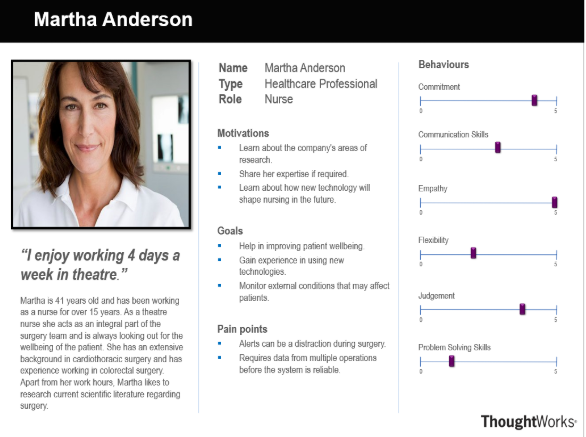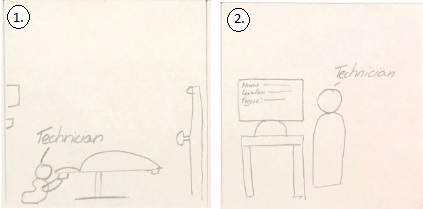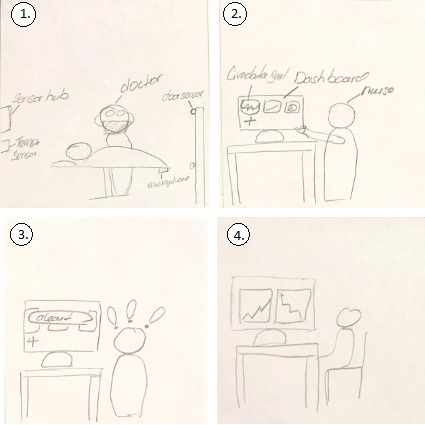Introduction
Our client is Great Ormond Street Hospitals Digital, Research, Informatics and Virtual Environments unit (GOSH DRIVE). The main goal of our client is to drive healthcare technologies further and innovate new ideas. Our client aims to revolutionise clinical practice to enhance the patient experience when receiving healthcare services and hence our project revolves around the healthcare sector.
Project Goals
In order to fulfill the requirements of our clients we are required to create a healthcare sensor fusion hardware that tries to find patterns in collected data in order to minimise the number of accidents that may occur during an operation. Ultimately the project aims to create a scalable solution that can improve healthcare in one way or another.
Requirement Gathering
Firstly, we arranged for an interview with our client to clarify what exactly the client wanted as a deliverable. Once this was completed we brainstormed as a team what features were required for the project to meet the deliverables standard required by our client. This included drawing sketches of the storyboards and creating personas and scenarios to better understand how users will interact with our product. This helped us create our MoSCoW list of requirements. Finally, we arranged another meeting with our client to further discuss and refine this list of requirements.
Personas
Representing Users
To represent the different types of users we created personas for the Healthcare Sensor Fusion Hardware.
The image on the left is the persona we created for this purpose.
Senario
Martha has a busy work schedule working both day and night shifts and has limited availability to share her expertise. Apart from work hours she enjoys researching scientific literature regarding surgery. During her research she chanced upon this project which aims to improve patient wellbeing, which she has been working towards her entire career as a nurse. She is also particularly interested in getting the hang of handling new technologies as it is becoming increasingly important to become technically adept.
Storyboards
Setup Procedure
1. Before the surgery a technician sets up the sensors in the correct positions
2. Technician registers the sensors on the system with correct labels
In-Use Demonstration
1. The sensors are active and the surgery team carries out the operation as normal
2. During the surgery the user can view a live feed of the informationpicked up from the sensors
3. if any of the data picked up by the sensors exceed normal levels an alert is sent to the user
4. After the surgery the user may choose to further examine the collected data
MoSCoW Requirements
Must:
• Collect time stamped data from each sensor
• Have sensors grouped in a room
• Analyse and archive data
• Learn “Normal”
• Ability to add new sensors
• Dashboard displaying different graphs from sensors
Should
• Visualise archived data
• Have multiple rooms
• Compare and combine data from different rooms
Could
• Alert in case of abnormal data
• Usability of hardware (design and concept)
Wont
• 3D object visualisation (movement, sound)
User Cases
List of user cases
1. Techinician setting up the sensor hub in operating theatre before an operation takes place
2. A doctor viewing archived data collected from sensors during an operation
3. A Nurse interacting with the dashboard, during the operation, by adding and removing sensors.



